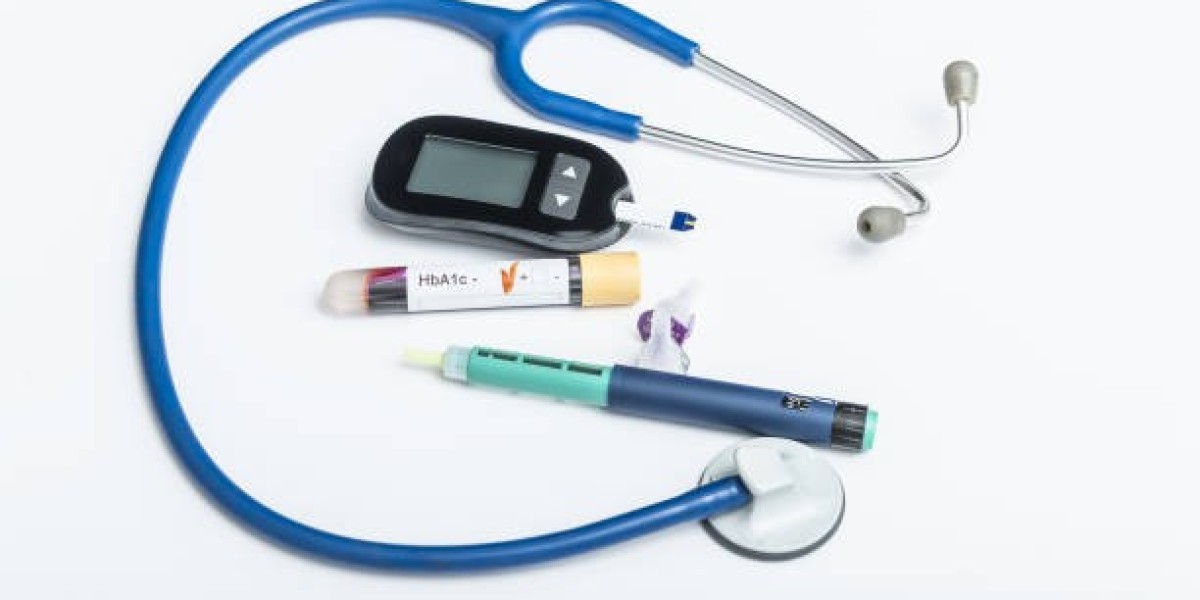Insulin Lispro: A Fast-acting Insulin Analogue
Introduction
Insulin lispro is a fast-acting insulin analogue developed as an alternative to regular human insulin for treatment of diabetes. It was the first commercially available insulin analogue developed through genetic engineering to improve insulin therapy. This article provides an overview of insulin lispro including its mechanism of action, usage, benefits and limitations.
What is Insulin Lispro?
Insulin lispro is a genetically engineered analog of human insulin created by reversing the positions of the 28th and 29th amino acids in the insulin protein structure. This tiny change results in insulin lispro dissociating from the hexamer form into monomers much faster after injection compared to regular human insulin.
As a result, insulin lispro starts to reduce blood glucose levels faster than regular human insulin. The time to reach maximum blood levels is about half an hour compared to 1-2 hours with regular human insulin. This allows greater flexibility as the timing of insulin administration can be closer to meals compared to regular human insulin.
Mechanism of Action
After subcutaneous injection, insulin lispro forms hexamers like human insulin. However, due to the structural changes, these hexamers dissociate into biologically active monomers faster at the injection site and in circulation compared to regular human insulin.
The released insulin lispro monomers then binds to insulin receptors present mainly on liver, skeletal muscle and adipose tissue cells. This triggers a cascade of intracellular processes leading to increased glucose uptake and utilization by these tissues. At the same time, insulin lispro inhibits glucose production and release by the liver. Together these actions of insulin lispro help in reducing high blood glucose levels after meals.
Clinical Use and Benefits
Insulin lispro is commonly used in combination with long or intermediate-acting insulin to manage blood glucose levels in patients with type 1 diabetes and some with type 2 diabetes. Clinical studies have shown insulin lispro provides the following benefits compared to regular insulin:
- Better post-prandial glycemic control as it works faster to lower blood glucose after meals. This allows greater flexibility in timing of injections.
- Lower risk of hypoglycemia as the effect comes faster and subsides faster. This minimizes the risk of low blood glucose between meals and overnight.
- More accurate dosing as the time-action profile closely mimics the physiologic release of endogenous insulin after meals.
- Improved treatment satisfaction due to better fitting of therapy into everyday lifestyle without tight restrictions on daily activities.
Dosage and Administration
Insulin lispro comes in vial and pre-filled pen devices under brand names like Humalog, Eli Lilly and is administered subcutaneously. The usual dose is 0.05-0.1 unit/kg body weight, administered 15 minutes before meals or within 15 minutes after starting a meal.
Blood glucose should be monitored before and occasionally after giving insulin lispro injection to adjust dosage. The effects last for 3-5 hours so additional short or long-acting insulin may be needed to maintain control between meals or overnight.
Limitations and Disadvantages
The limitations and disadvantages of insulin lispro compared with regular human insulin include:
- Higher cost due to patented development and production as an insulin analogue.
- Requires more frequent self-monitoring of blood glucose levels to suit rapid time-action profile.
- Risk of hypoglycemia if an injection is delayed or a meal is delayed/missed after administration.
- Storage in vials and pen devices carry a small risk of bacterial contamination over time.
- Allergic reactions to ingredients such as protamine, metacresol can occur rarely like with other insulin analogues and regular insulin.
Conclusion
In summary, insulin lispro is an important therapeutic option for improving post-prandial glycemic control and quality of life in diabetes. When administered according to prescribed dosage and timing, it effectively lowers blood glucose levels after meals with reduced hypoglycemic risk compared to regular human insulin. However, ongoing self-monitoring and proper injection technique is needed to maximize benefits while minimizing risks associated with its rapid action profile.
sayabonde
21 Blog indlæg


